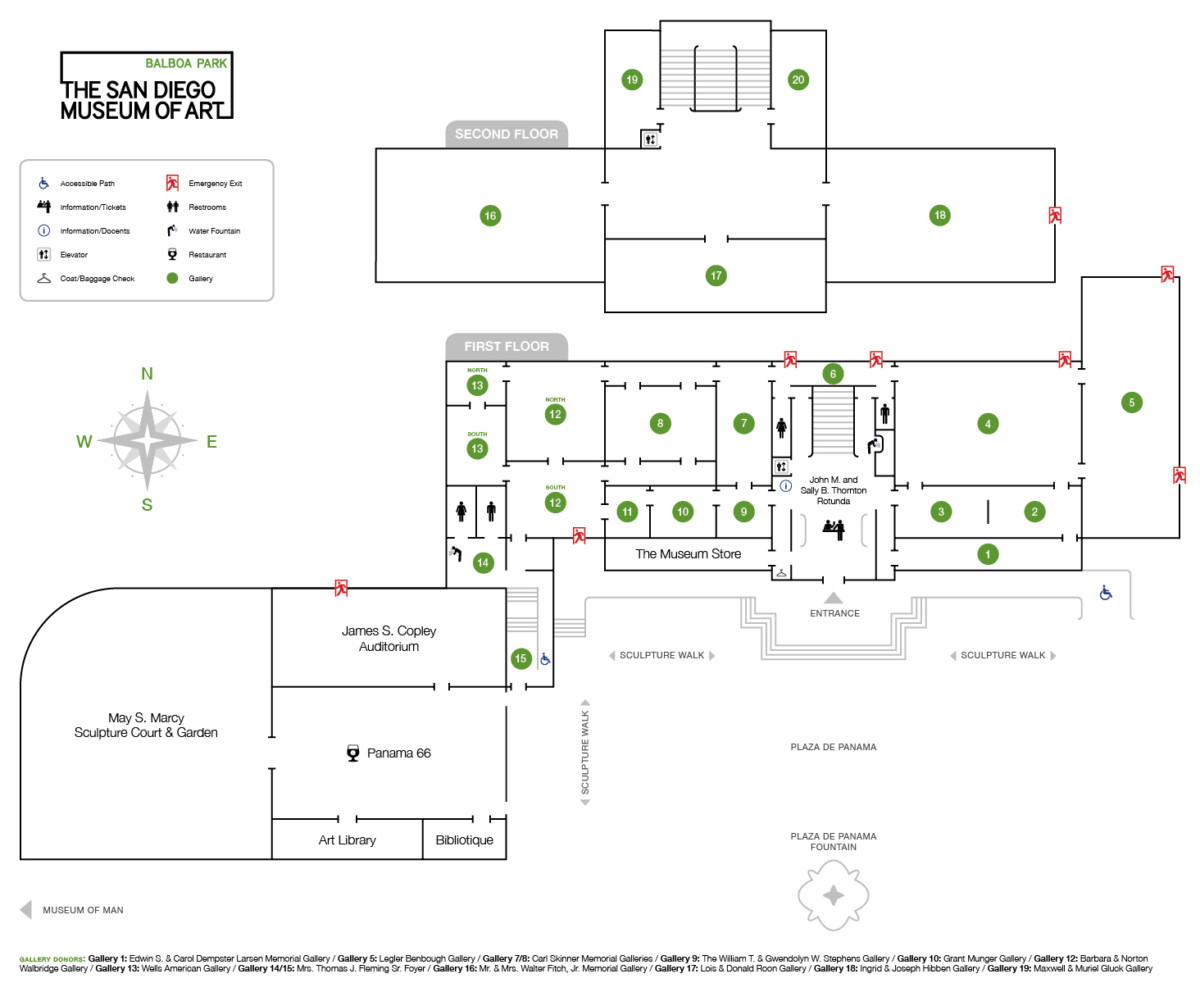A resplendent and serene Virgin appears in a late sixteenth-century painting. She is dressed in a flowing green down, the infant Jesus clutched to her breast. But she reclines on a luxurious golden carpet in front of a red sandstone pavilion, having been transported to India in the 1590’s. How did she arrive there?
This painting was made at the court of the Mughal emperor Akbar (r.1556-1605), a dynamic figure who was a patron of musicians, historians, poets, and artists. He took a deep interest in different religious traditions, inviting theologians of different faiths for discussion and debate. Among those he welcomed to his court were Jesuit missionaries, recently established in the Portuguese-ruled port city of Goa, on India’s western coast. Not only were the Jesuits able to convey the intricacies of their faith to the emperor, but they also presented gifts of European paintings and prints that immediately had an impact on the visual arts of his time. These prints were primarily Netherlandish and German in origin and dated from the sixteenth century.
The artist of the Indian Virgin Mary painting was clearly intrigued by the imagery in European prints, adapting their religious content and making use of techniques that give the figures and the curtain behind them a sense of three-dimensional presence. But the subject matter would also have been deeply meaningful for Akbar’s court. Many, including the emperor, were Muslim and they revered Mary as the mother of a prophet.


